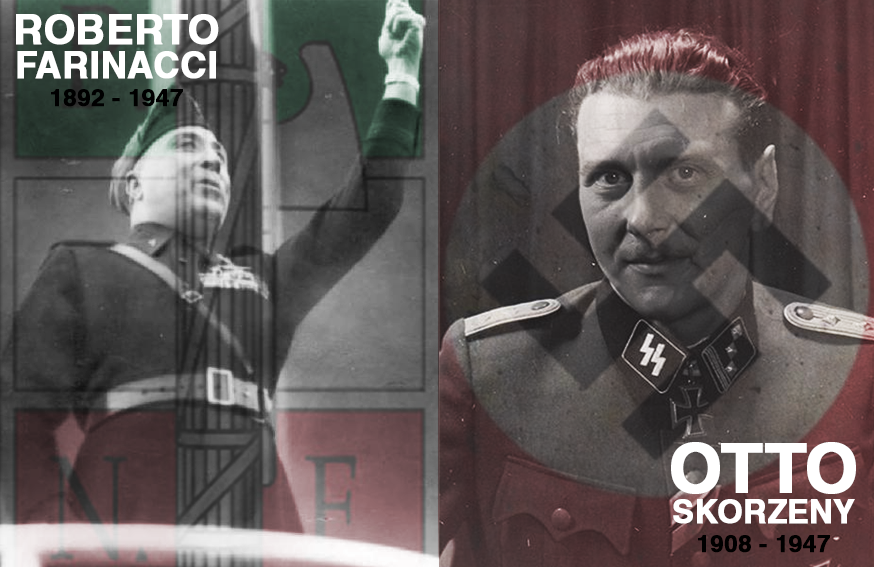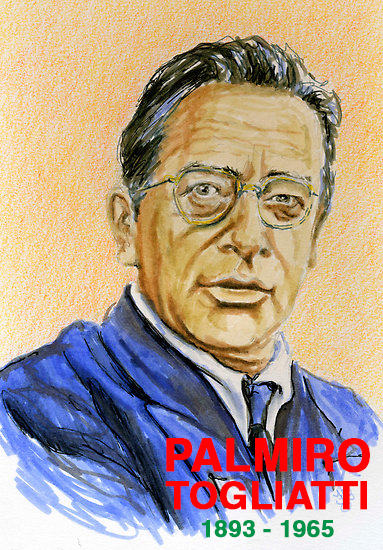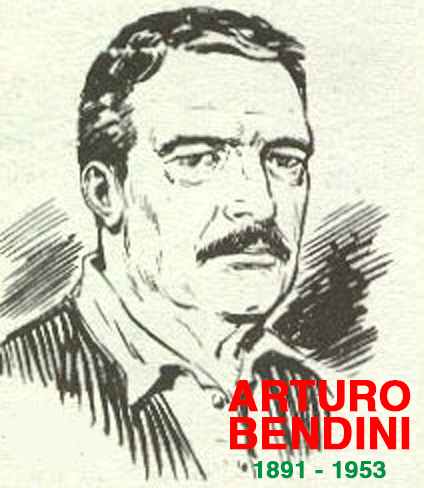Part 0 - Introduction and flags
So, what's this?
Uff... You're always the same. Just when I have a present for you, you choose to start worrying on trifles like this!
A present? Really!? Oh, come on, what is it? What is it?
- BANG! -
Wow... that was unnecessarily violent.
Anyway, moving on. On the ninth day of January 2014, the esteemed AH.com member Meadow posted the introduction to "Meet the new boss", a timeline-in-a-day project detailing the history of an alt-Great Britain through the succession of her political leaders in a world where the Soviet Union single-handedly defeats European Fascism during the Great Patriotic War and a sea of Bolshevik Red covers Eurasia from Galicia to the Bering Strait from 1955 onwards, Britsh Isles included. To put it simply, whereas many alternate history writers blush at the idea of including Operation Sealion in their post-1900 works, Meadow used a double Sealion as the background of his literary divertissement. That takes some massive yaytsa. Incidentally, it also shows why Meadow is by now such a renowned member of this community.
Now, ever since I had the pleasure to read "Meet the new boss" once it was complete, more than 2 years ago, I couldn't help starting to sketch (first in my mind, then on a proper notebook) the Italian side of the story, i.e. the way my native country could have coped with the annihilation of the monarchic and Fascist regime by means of the Red Army and the post-war reality of being a Soviet satellite. Let alone the challenges of keeping Italy peaceful or even united under a Communist single-party government when a sizable portion of the historical anti-Fascist movement at times opposed Stalin as much as Mussolini. I proposed this expansion set of his work to Meadow himself and he gave me his blessing, so I started to write. The end result was -- vast, for lack of a better term. Too vast to publish it in the same format of "Meet the new boss", so I chose to avoid some of its trappings and go for a more conventional approach, though the organisation in chapters still follows the framework based on the succession of leaders that can be found in many TLIAD's. By the way, this is the reason why I had to get rid of my bolded letters pal at the beginning of this post. Yeesh, how annoying those guys can be!
This is just a short prologue, the real introduction will likely be posted in the weekend, but since starting a TL thread without posting anything related to it is a very rude thing to do, I'll take another page from Meadow's book and introduce you to the flag of the Italian Social Republic, like he did with the banner of Socialist Great Britain. In fact, I'll do even better: what about a history of the flag with a side order of anticipations and cryptic references?
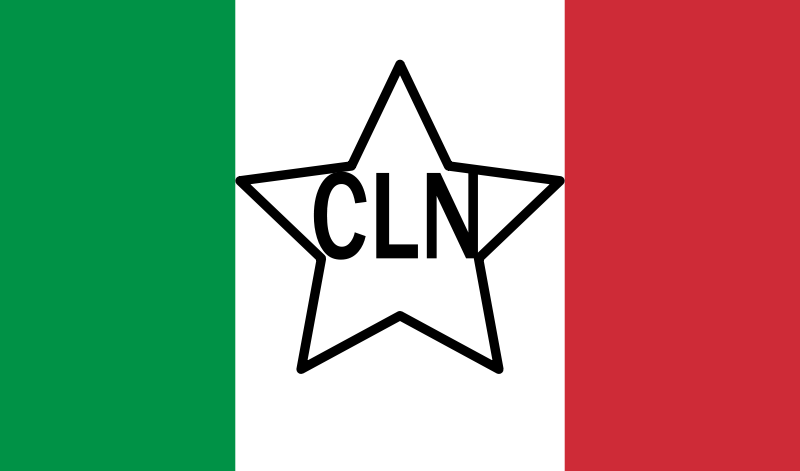
Flag of the Committee of National Liberation and, by extension, of Liberated Italy, adopted in 1944.
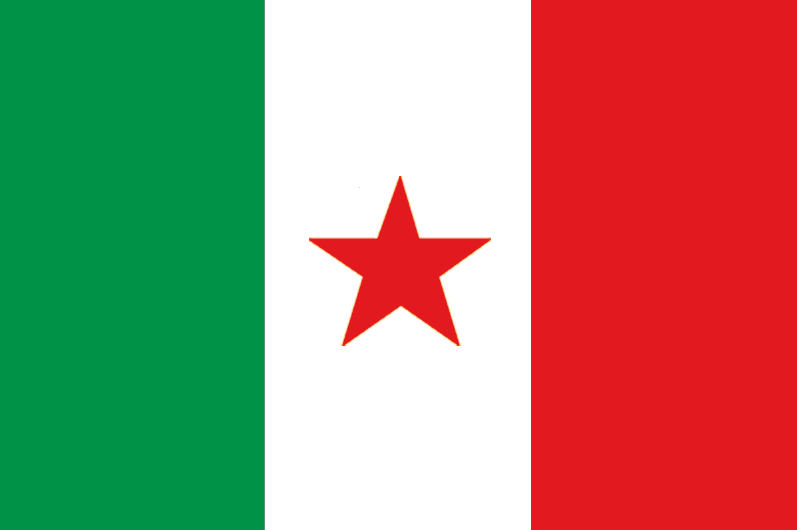
Flag of Republican Italy under the Popular Front Transitional Government, adopted in 1946.
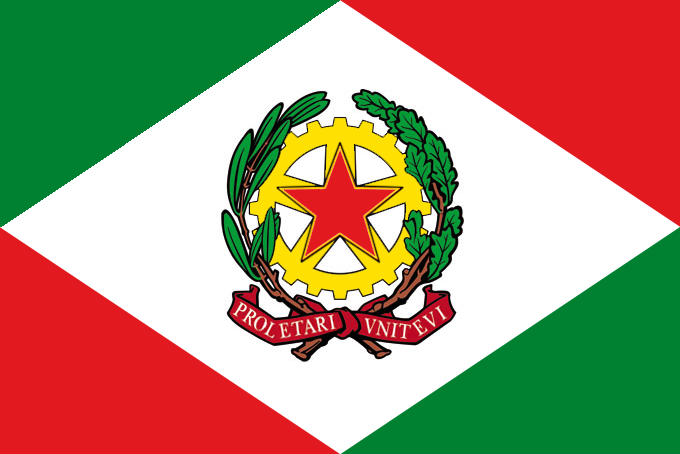
Flag of the Italian Social Republic, drafted in 1949, fully adopted in 1971.
Uff... You're always the same. Just when I have a present for you, you choose to start worrying on trifles like this!
A present? Really!? Oh, come on, what is it? What is it?
- BANG! -
Wow... that was unnecessarily violent.
Anyway, moving on. On the ninth day of January 2014, the esteemed AH.com member Meadow posted the introduction to "Meet the new boss", a timeline-in-a-day project detailing the history of an alt-Great Britain through the succession of her political leaders in a world where the Soviet Union single-handedly defeats European Fascism during the Great Patriotic War and a sea of Bolshevik Red covers Eurasia from Galicia to the Bering Strait from 1955 onwards, Britsh Isles included. To put it simply, whereas many alternate history writers blush at the idea of including Operation Sealion in their post-1900 works, Meadow used a double Sealion as the background of his literary divertissement. That takes some massive yaytsa. Incidentally, it also shows why Meadow is by now such a renowned member of this community.
Now, ever since I had the pleasure to read "Meet the new boss" once it was complete, more than 2 years ago, I couldn't help starting to sketch (first in my mind, then on a proper notebook) the Italian side of the story, i.e. the way my native country could have coped with the annihilation of the monarchic and Fascist regime by means of the Red Army and the post-war reality of being a Soviet satellite. Let alone the challenges of keeping Italy peaceful or even united under a Communist single-party government when a sizable portion of the historical anti-Fascist movement at times opposed Stalin as much as Mussolini. I proposed this expansion set of his work to Meadow himself and he gave me his blessing, so I started to write. The end result was -- vast, for lack of a better term. Too vast to publish it in the same format of "Meet the new boss", so I chose to avoid some of its trappings and go for a more conventional approach, though the organisation in chapters still follows the framework based on the succession of leaders that can be found in many TLIAD's. By the way, this is the reason why I had to get rid of my bolded letters pal at the beginning of this post. Yeesh, how annoying those guys can be!
This is just a short prologue, the real introduction will likely be posted in the weekend, but since starting a TL thread without posting anything related to it is a very rude thing to do, I'll take another page from Meadow's book and introduce you to the flag of the Italian Social Republic, like he did with the banner of Socialist Great Britain. In fact, I'll do even better: what about a history of the flag with a side order of anticipations and cryptic references?

Flag of the Committee of National Liberation and, by extension, of Liberated Italy, adopted in 1944.

Flag of Republican Italy under the Popular Front Transitional Government, adopted in 1946.

Flag of the Italian Social Republic, drafted in 1949, fully adopted in 1971.
Among all countries in Liberated Europe, the departure between Italy's pre-1946 banner and the one adopted after the completion of the transitional process to Socialism was the most radical. These changes can be clearly ascribed to the Select Committee for Revolutionary Vexillology from the Constituent Assembly's times, a body where democracy in the decisional process was so important that even people who were not part of it could take important decisions and which ultimately gifted the country with a single, unambiguous flag -- mostly.
First of all, Pietro Secchia, Second Vice President of the Constituent and Chairman of the aforementioned Committee, was adamant from day one that, while green, white and red would remain the colours of Italy, the old Italian tricolour had to go. The grudge he bore against a flag with such a long tradition began during the Liberation period, when he was in charge of propaganda for the Communist Party of Italy. His stance about the need of a thorough damnatio memoriae of the previous regime was uncompromising. He believed that even the traditional Italian flag was forever tainted by association with a disgraceful royal house like the Savoyards and that the ideals of nationalism and liberalism which had made bourgeois Italy had by then become inadequate in the new age of Internationalism and Communism. Secchia's artistic inspiration must have run quite low in those days though, since the "new" solution he personally brought to the attention of the Committee had the colours redistributed in the way of the flag of the First Italian Republic (1802 - 1805), adjusted to a rectangular space. The Chairman's proposal was modified to become the one still in use today, with the white diamond surrounded by alternating red and green right triangles, as a compromise proposed by a Socialist Committee member, Ferdinando Targetti, who saw that design as even more tarnished by association with that country's transparent status as a puppet state of a foreign power which had an autocratic foreign conqueror as her ruler during her short existence.
The emblem featuring the red star/cog combination can be traced back to the very first designs drafted by the Committee, though multiple cogs -- up to three -- and multiple stars -- up to seven -- feature in several drafts. The substitution of the sheaves of wheat with two leafed branches, olive tree on the left and oak on the right came after a joint motion carried by former Chief of Staff of the Italian partisan forces Giancarlo Pajetta and by the leader of Christian Left Franco Rodano, both members of the Constituent Assembly though not of the Committee. As symbols respectively of peace and strength, they were seen as good omens for the future of the country by the duo, enough to be featured on her banner. While understandably annoyed by this intrusion in their proceedings by outside figures, everyone in the Committee knew that outright rebuffing a proposal coming from such a coalition would have been improper on many levels and when Minister of Agriculture Giuseppe Di Vittorio reassured everyone that the peasants of Italy wouldn't have minded the change, the deal was sealed.
The history behind the motto located at the intersection between the olive and oak branches below the emblem on the other hand is particularly tortuous. Only a simple majority of Select Committee members voted for «Proletari unitevi» -- «Proletarians, unite» -- at the time, making the resolution non-binding since it would have required a unanimous vote. While this quibble would have been corrected by the Great Constitutional Reform of 1971, for twenty-odd years different mottoes kept appearing on many Italian flags. For example, the Border Control Agency autonomously decreed in late 1949 that the acronym «R. S. I.» -- Italian Social Republic -- had to feature on every banner flying next to transit points at Italy's borders, taking the motto's place. Another common variation was «Democracy and Liberty», the one that had been pushed by the Social Democrats and many Socialists during the Constituent period; the only photo ever taken at the Piacenza secret meeting portrays Barbareschi, Novella and Corassori standing in front of a flag bearing those three words.
First of all, Pietro Secchia, Second Vice President of the Constituent and Chairman of the aforementioned Committee, was adamant from day one that, while green, white and red would remain the colours of Italy, the old Italian tricolour had to go. The grudge he bore against a flag with such a long tradition began during the Liberation period, when he was in charge of propaganda for the Communist Party of Italy. His stance about the need of a thorough damnatio memoriae of the previous regime was uncompromising. He believed that even the traditional Italian flag was forever tainted by association with a disgraceful royal house like the Savoyards and that the ideals of nationalism and liberalism which had made bourgeois Italy had by then become inadequate in the new age of Internationalism and Communism. Secchia's artistic inspiration must have run quite low in those days though, since the "new" solution he personally brought to the attention of the Committee had the colours redistributed in the way of the flag of the First Italian Republic (1802 - 1805), adjusted to a rectangular space. The Chairman's proposal was modified to become the one still in use today, with the white diamond surrounded by alternating red and green right triangles, as a compromise proposed by a Socialist Committee member, Ferdinando Targetti, who saw that design as even more tarnished by association with that country's transparent status as a puppet state of a foreign power which had an autocratic foreign conqueror as her ruler during her short existence.
The emblem featuring the red star/cog combination can be traced back to the very first designs drafted by the Committee, though multiple cogs -- up to three -- and multiple stars -- up to seven -- feature in several drafts. The substitution of the sheaves of wheat with two leafed branches, olive tree on the left and oak on the right came after a joint motion carried by former Chief of Staff of the Italian partisan forces Giancarlo Pajetta and by the leader of Christian Left Franco Rodano, both members of the Constituent Assembly though not of the Committee. As symbols respectively of peace and strength, they were seen as good omens for the future of the country by the duo, enough to be featured on her banner. While understandably annoyed by this intrusion in their proceedings by outside figures, everyone in the Committee knew that outright rebuffing a proposal coming from such a coalition would have been improper on many levels and when Minister of Agriculture Giuseppe Di Vittorio reassured everyone that the peasants of Italy wouldn't have minded the change, the deal was sealed.
The history behind the motto located at the intersection between the olive and oak branches below the emblem on the other hand is particularly tortuous. Only a simple majority of Select Committee members voted for «Proletari unitevi» -- «Proletarians, unite» -- at the time, making the resolution non-binding since it would have required a unanimous vote. While this quibble would have been corrected by the Great Constitutional Reform of 1971, for twenty-odd years different mottoes kept appearing on many Italian flags. For example, the Border Control Agency autonomously decreed in late 1949 that the acronym «R. S. I.» -- Italian Social Republic -- had to feature on every banner flying next to transit points at Italy's borders, taking the motto's place. Another common variation was «Democracy and Liberty», the one that had been pushed by the Social Democrats and many Socialists during the Constituent period; the only photo ever taken at the Piacenza secret meeting portrays Barbareschi, Novella and Corassori standing in front of a flag bearing those three words.
Thoughts? Impressions? "Did we really need this?"-type comments?
Last edited:
